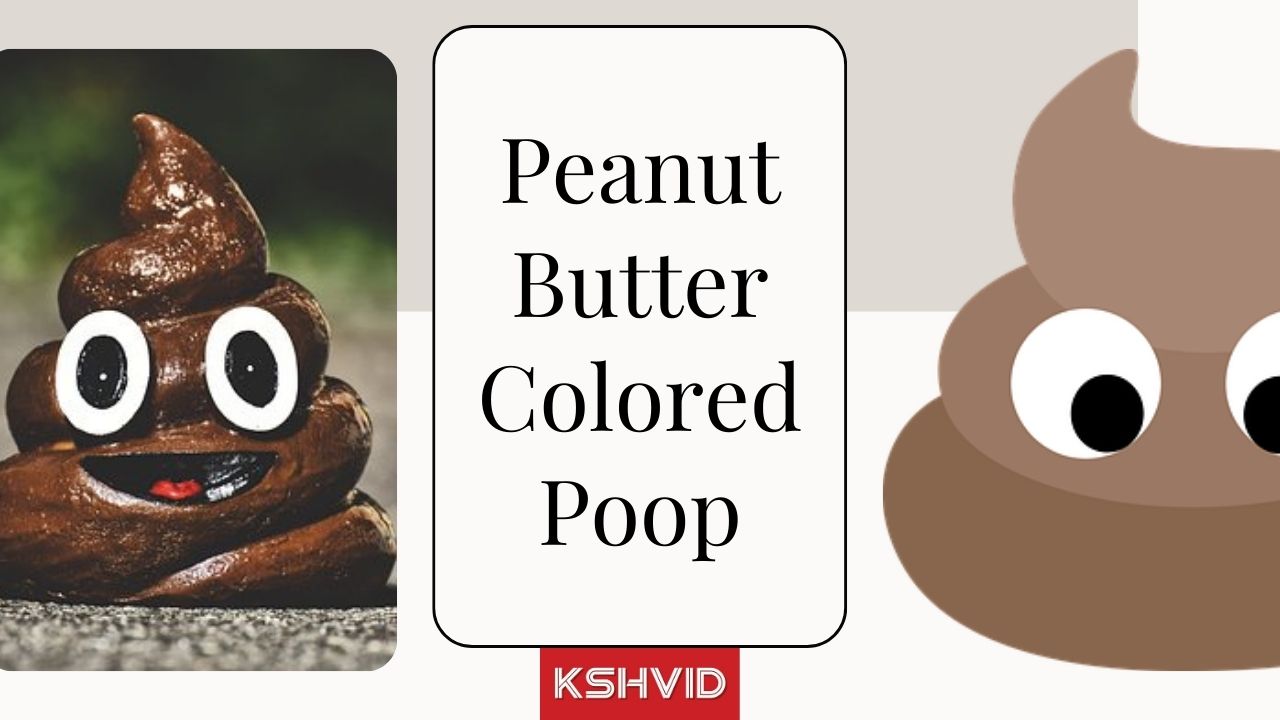Different stool colors depict our metabolism and digestion. Sometimes, you may notice that your poop color is different than normal. But does it mean that you have any underlying medical condition? Abnormal poop color may be an indicator of something going wrong. For instance, peanut butter-colored poop is a symptom of fat malabsorption.
This blog will share what it means to have peanut butter-colored poop and how it affects your health. Continue reading to learn about small changes that can change the poop hue.
Read: Study Finds Fast Food Consumption Linked To Liver Disease
Is peanut butter-colored poop normal?
Poop continuously changes its color depending on your diet intake and the kind of medications you take daily.
For example, did you notice recently that your poop color is peanut butter, and now you are wondering if it is normal for your poop color to be peanut butter? Well, here is a brief answer: peanut butter-colored poop is normal.
It is neither an indication of illness nor any underlying medical condition. It is perfectly normal unless it is accompanied by diarrhea, pain when pooping, abdominal cramps, poop floating, or bleeding.
If any of the mentioned symptoms appear, it is a clear indication of a health problem, and then you need to visit your doctor and share your diet and medication history.
What does it mean when poop looks like peanut butter?
Normally, people pass light brown poop or golden-brown poop with a sausage-like shape.
However, since peanut butter poop means it’s normal with no reason to be concerned, if you experience any pain during passing the stool, there may be some health condition.
Peanut butter-colored poop is a symptom of fat malabsorption when your digestive system has trouble breaking and absorbing the fats from food. This problem can affect your organ, so you need to be concerned.
As far as the color is concerned, peanut butter with a brown hue is normal. Normally, the poop is firm and easy to pass. It has some consistency between a firm and soft.
So, don’t freak out the next time you see your poop is peanut butter. Ensure its consistency and only show concern if it is problematic to pass or you experience pain. Moreover, you can look at the stool color chart to get more idea about the health of your digestive system.
Peanut Butter-Colored Poop in Toddlers
If you are a mom and are concerned about your toddler’s poop color, it is very important to understand what their poop color indicates.
This is because any slight change in the poop color can indicate their digestive health. For example, do you know what it means if your toddler passes peanut butter-colored poop?
It is normal in toddlers, especially with the kid’s formula-fed. The poop is normally brown, yellow-brown, or tan-colored stool for breastmilk feeders.
Additionally, toddlers on breastfeeding pass smellier stool. Peanut butter color poop toddler doesn’t indicate any medical condition in toddlers. So, if your baby passes this colored poop, you don’t need to worry.
Peanut Butter-Colored Poop in Babies
Noticing the poop color in babies is important to monitor their health. A change in the stool color from brown to peanut butter can make you anxious.
It is important to note that your baby’s diet impacts the stool hue. For instance, if you are breastfeeding, it can make your poop tan-brown or yellow-brown with a smell. On the other hand, formula feeding can make their poop appear peanut butter compared to regular brown color.
These minute changes in stool color are due to the change in the diet of the babies. So, when you notice peanut butter-colored poop babies, make sure they pass the stool without discomfort. Stomach discomfort can be in the form of gas, ingestion, constipation, or diarrhea.
It can be due to any underlying condition, such as lactose intolerance. In such a case, contact your doctor as soon as possible and discuss your matter in detail. Follow the instructions before giving any over-the-counter drug to your baby.
Why is my poop a light tan color?
Bile salts are generally released into your stool from your liver, giving the stool a brown color. If your liver fails to produce enough bile salts or if the flow of bile is blocked or not draining from the liver, you may pass pale or clay-colored stool. Having pale stool once in a while is nothing to worry about.
The light tan color of poop occurs without enough bile from the liver, which is not a major issue. However, if you consistently notice a color change in the stool, you can consult with your family doctor.
What color poop is cause for concern?
Stool changes color in a variety of ranges. All the shades of brown and even green is considered healthy and normal. Rare stool colors indicate a potential intestinal condition or any underlying medical condition.
The stool can change color for various reasons, such as changes in the diet, consuming an excess of any specific food, or starting a medication. In addition, stool color is influenced by the amount of bile our liver excretes.
From green to brown colored stool, the color depends upon the bile amount traveling through the gastrointestinal tract and is chemically altered by enzymes that change the pigments in the stool.
Therefore, you need to be concerned if your stool color is bright red or black, which may occur in the presence of blood.
Black:
The black-colored stool indicates bleeding in the upper gastrointestinal tract, such as the stomach. It seeks prompt medical attention.
Red:
A bright red color in the stool indicates bleeding in the lower intestinal tract, such as the rectum or large intestine. Mostly, it occurs in the medical condition named hemorrhoids.
Bottom line:
To sum up, peanut butter-colored poop is normal. However, if you feel discomfort while passing the stool, this is the time to consult your doctor.
To keep your stool healthy and reverse peanut butter color, you must drink plenty of water, avoid fatty foods and consume enough fiber. Additionally, you can also take medical advice if you feel more anxious.





